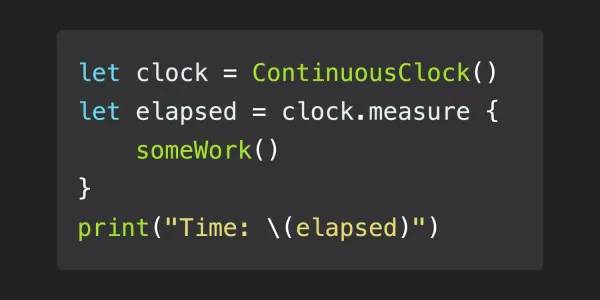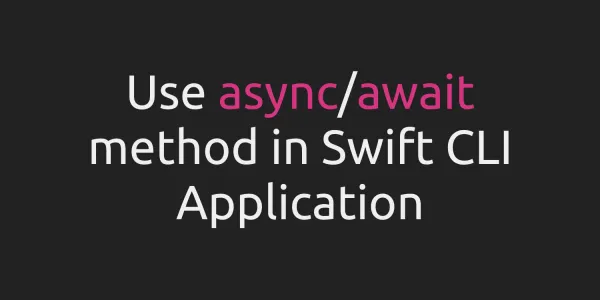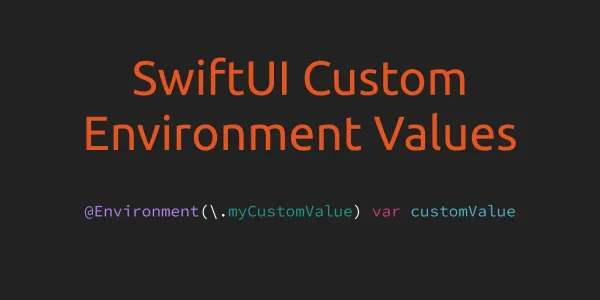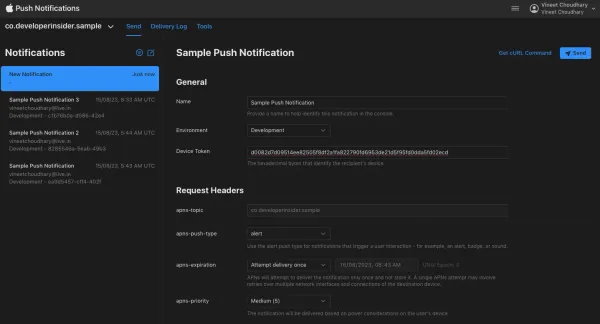1. Introduction
Classesandstructuresare general-purpose, flexible constructs that become the building blocks of your program’s code.- You define properties and methods to add functionality to your
classesandstructuresby using exactly the same syntax as for constants, variables, and functions. - In Swift, you define a
classor astructurein a single file, and the external interface to thatclassorstructureis automatically made available for other code to use.
1.1 Classes and structures in Swift have many things in common. Both can:
- Define
propertiesto store values. - Define
methodsto provide functionality. - Define
subscriptsto provide access to their values using subscript syntax. - Define
initializersto set up their initial state. - Be
extendedto expand their functionality beyond a default implementation. - Conform to
protocolsto provide standard functionality of a certain kind.
1.2 Classes have additional capabilities that structures do not:
Inheritanceenables one class to inherit the characteristics of another.Type castingenables you to check and interpret the type of a class instance at runtime.Deinitializersenable an instance of a class to free up any resources it has assigned.Reference countingallows more than one reference to a class instance.
2.Definition
Classesandstructureshave a similar definition syntax.- You introduce classes with the
classkeyword and structures with thestructkeyword. - Both place their entire definition within a pair of braces.
class SomeClass {
// class definition goes here
}
struct SomeStructure {
// structure definition goes here
}
2.1 structure definition
struct Resolution {
var width = 0
var height = 0
}
2.2 class definition
class VideoMode {
var resolution = Resolution()
var interlaced = false
var frameRate = 0.0
var name: String?
}
3. Class and Structure Instances
Structuresandclassesboth use initializer syntax for new instances.- The simplest form of initializer syntax uses the type name of the
classorstructurefollowed by empty parentheses, such as Resolution() or VideoMode().
structure definition and instance
struct Resolution {
var width = 0
var height = 0
}
let someResolution = Resolution() //instance of Resolution class
class definition and instance
class VideoMode {
var resolution = Resolution()
var interlaced = false
var frameRate = 0.0
var name: String?
}
let someVideoMode = VideoMode() //instance of VideoMode class
4. Accessing Properties
- You can access the properties of an instance using dot syntax. In dot syntax, you write the property name immediately after the instance name, separated by a period (.), without any spaces.
struct Resolution {
var width = 0
var height = 0
}
let someResolution = Resolution()
print("The width of someResolution is \(someResolution.width)")
print("The height of someResolution is \(someResolution.height)")
/* prints:
The width of someResolution is 0
The height of someResolution is 0 */
class VideoMode {
var resolution = Resolution()
var interlaced = false
var frameRate = 0.0
var name: String?
}
let someVideoMode = VideoMode()
someVideoMode.resolution.width = 1280
print("The width of someVideoMode is now \(someVideoMode.resolution.width)")
/* prints:
The width of someVideoMode is now 1280 */
Memberwise Initializers for Structure Types
let vga = Resolution(width: 640, height: 480)
print(vga.width)
print(vga.height)
/* prints:
640
480 */
5. Structures and Enumerations Are Value Types
- A value type is a type whose value is copied when it is assigned to a variable or constant, or when it is passed to a function.
structure -
struct Resolution {
var width = 0
var height = 0
}
let hd = Resolution(width: 1920, height: 1080)
var cinema = hd
cinema.width = 2048
print("value of width is changed in cinema:",cinema.width)
print("value of width in hd is still the same as earlier",hd.width)
/* prints:
value of width is changed in cinema: 2048
value of width in hd is still the same as earlier 1920 */
enum -
enum CompassPoint {
case north, south, east, west
}
var currentDirection = CompassPoint.west
let rememberedDirection = currentDirection
currentDirection = .east
print("The current direction is changed to", currentDirection)
if rememberedDirection == .west {
print("But the remembered direction is still",rememberedDirection)
}
/* prints:
value of width in hd is still the same as earlier 1920
The current direction is changed to east
But the remembered direction is still west */
Read more about enum.
6. Classes Are Reference Types
- Unlike value types, reference types are not copied when they are assigned to a variable or constant, or when they are passed to a function. Rather than a copy, a reference to the same existing instance is used instead.
class VideoMode {
var resolution = Resolution()
var interlaced = false
var frameRate = 0.0
var name: String?
}
let tenEighty = VideoMode()
print("values in videoMode of tenEighty.frameRate,tenEighty.resolution.height,tenEighty.resolution.width,tenEighty.name,tenEighty.frameRate are",tenEighty.frameRate,tenEighty.resolution.height,tenEighty.resolution.width,tenEighty.name ?? "enter name",tenEighty.frameRate)
tenEighty.resolution = hd
tenEighty.interlaced = true
tenEighty.name = "1080i"
tenEighty.frameRate = 25.0
print("values in videoMode of tenEighty.frameRate,tenEighty.resolution.height,tenEighty.resolution.width,tenEighty.name,tenEighty.frameRate are",tenEighty.frameRate,tenEighty.resolution.height,tenEighty.resolution.width,tenEighty.name ?? "changed",tenEighty.frameRate)
print("value of framerate before assigning to new variable:",tenEighty.frameRate)
let alsoTenEighty = tenEighty
alsoTenEighty.frameRate = 30.0
print("value of framearate changed in new instance and reflected at their reference :",tenEighty.frameRate)
/* prints:
values in videoMode of tenEighty.frameRate,tenEighty.resolution.height,tenEighty.resolution.width,tenEighty.name,tenEighty.frameRate are 0.0 0 0 enter name 0.0
values in videoMode of tenEighty.frameRate,tenEighty.resolution.height,tenEighty.resolution.width,tenEighty.name,tenEighty.frameRate are 25.0 1080 1920 1080i 25.0
value of framerate before assigning to new variable: 25.0
value of framearate changed in new instance and reflected at their reference : 30.0
*/
Identity Operators
- Because
classesare reference types, it is possible for multipleconstantsandvariablesto refer to the same single instance of a class behind the scenes. - It can sometimes be useful to find out if two constants or variables refer to exactly the same instance of a class.
- To enable this, Swift provides two identity operators:
- Identical to (===)
- Not identical to (!==)
if tenEighty === alsoTenEighty {
print("tenEighty and alsoTenEighty refer to the same VideoMode instance.")
}else{
print("different instances")
}
//prints: tenEighty and alsoTenEighty refer to the same VideoMode instance.
Next - Properties by Example







